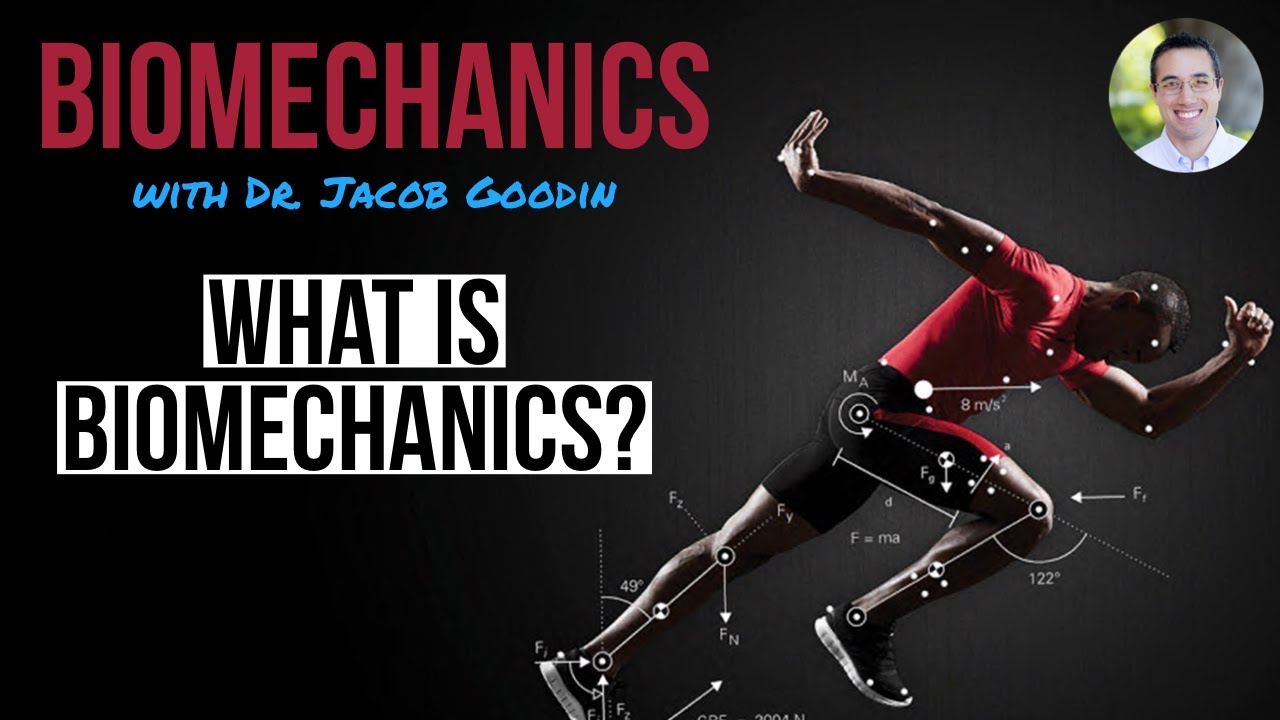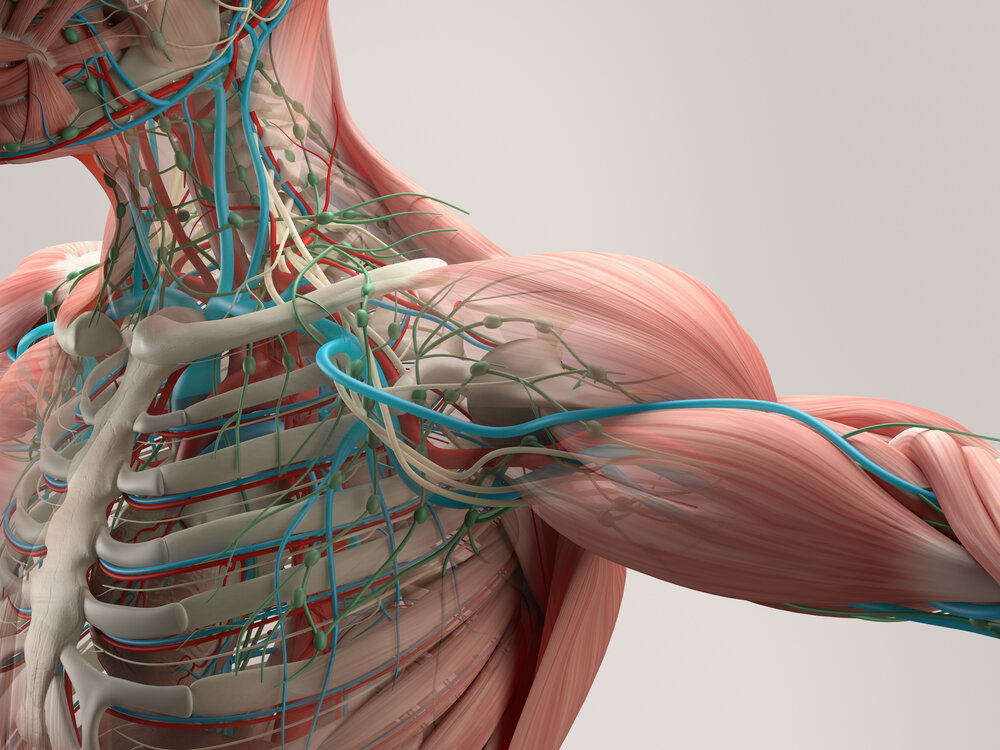Biomechanics - Unveiling The Science Behind Athletic Movement
In the dynamic world of sports, athletes continually strive for excellence, pushing the boundaries of human performance. Behind every impressive feat lies a fascinating field of study known as biomechanics. By applying principles of physics and engineering to the human body's movement, biomechanics unravels the intricate mechanisms responsible for athletic prowess. In this article, we delve into the realm of biomechanics, exploring its key concepts, applications, and contributions to the world of sports.
Understanding Biomechanics
Defining Biomechanics
Biomechanics is the scientific discipline that investigates the forces and movements acting upon the human body during physical activity. By combining principles of biology, physics, and engineering, biomechanics aims to understand how the musculoskeletal system functions, allowing us to analyze and optimize human performance in sports.

What is Biomechanics?
Key Concepts In Biomechanics
- Kinematics: Kinematics involves the study of motion without considering the forces that cause it. This aspect of biomechanics focuses on describing and analyzing various parameters of movement, such as displacement, velocity, and acceleration.
- Kinetics: Kineticsexplores the forces acting on the human body during physical activities. It examines the forces generated by muscles, joints, and external factors, shedding light on the internal and external forces that influence athletic performance.
- Torque: Torque refers to the rotational force that causes an object to rotate around an axis. In biomechanics, torque is a crucial concept when studying movements involving joints, as it plays a significant role in generating and controlling athletic movements.
- Center of Mass: The center of mass represents the average location of an object's mass. In human biomechanics, understanding the center of mass is vital for analyzing balance, stability, and control during sports movements.
- Inertia: Inertia is an object's resistance to changes in its state of motion. In biomechanics, inertia plays a crucial role in analyzing movements, as it affects an athlete's ability to initiate, maintain, or alter their motion.
Applications Of Biomechanics In Sports
Enhancing Performance
Biomechanics serves as a valuable tool for athletes and coaches aiming to optimize performance. By analyzing an athlete's technique and movement patterns, biomechanists can identify inefficiencies and suggest modifications to enhance performance. These insights can lead to improved techniques, increased power output, and more efficient movements, ultimately maximizing an athlete's potential.
Preventing Injuries
Biomechanics plays a vital role in injury prevention by identifying risk factors and analyzing movement patterns that may contribute to injuries. Through motion analysis, force measurements, and joint kinematics, biomechanists can identify movements that place excessive stress on the body, providing valuable insights for injury prevention strategies and developing appropriate training protocols.
Designing Sports Equipment
The field of biomechanics also contributes to the design and development of sports equipment. By understanding the forces exerted on equipment during athletic movements, biomechanists can optimize equipment design to improve performance, enhance safety, and minimize the risk of injuries. Examples include designing footwear with improved shock absorption or creating more aerodynamic equipment for sports like cycling or skiing.

What is Biomechanics?
The Future Of Biomechanics In Sports
As technology continues to advance, so does the potential of biomechanics in sports. Emerging technologies, such as wearable sensors, motion capture systems, and advanced imaging techniques, offer new avenues for data collection and analysis. These innovations enable more precise measurements, real-time feedback, and personalized training programs, allowing athletes and coaches to unlock new levels of performance.
Biomechanics In Sports Training And Rehabilitation
Biomechanics has a significant impact on sports training and rehabilitation programs. By understanding the biomechanical principles underlying sports movements, trainers and coaches can design targeted exercises and training regimens to improve performance and prevent injuries.
In sports training, biomechanical analysis helps identify areas of weakness or inefficiency in an athlete's movement patterns. Through motion capture systems and force plate technology, trainers can assess factors such as joint angles, ground reaction forces, and muscle activation patterns. This information enables the development of specific exercises and drills to address biomechanical limitations and enhance functional movement patterns.
For example, in sprinting, biomechanical analysis can identify asymmetries or imbalances in an athlete's stride length, stride frequency, or ground contact time. Trainers can then implement drills and exercises to correct these deficiencies and optimize sprinting mechanics, leading to improved speed and efficiency.
Biomechanicsalso plays a vital role in sports rehabilitation. After an injury, understanding the biomechanical factors contributing to the injury can guide the rehabilitation process. Biomechanical analysis helps identify movement compensations or faulty mechanics that may have contributed to the injury. By addressing these underlying issues, rehabilitation programs can not only facilitate recovery but also reduce the risk of future injuries.
For instance, in the case of a runner with a history of knee injuries, biomechanical analysis can reveal imbalances in muscle strength or faulty movement patterns that place excessive stress on the knee joint. Rehabilitation programs can then focus on strengthening specific muscle groups, correcting movement patterns, and improving proprioception to restore optimal biomechanics and reduce the risk of re-injury.
The Multidisciplinary Nature Of Biomechanics
Biomechanics is a highly interdisciplinary field, drawing knowledge and expertise from various disciplines to gain a comprehensive understanding of athletic movement. It integrates principles from physics, physiology, anatomy, engineering, and mathematics to analyze and interpret the complexities of human motion.
Collaboration between biomechanists, physiologists, coaches, physicians, and engineers is crucial for advancing our understanding of sports performance and injury prevention. By combining their expertise, these professionals can develop innovative training methodologies, ergonomic equipment, and rehabilitation protocols that optimize human performance and minimize the risk of injuries.
Biomechanics And Sports Science
As technology continues to advance, the future of biomechanics in sports science appears promising. Wearable sensors, such as inertial measurement units (IMUs) and pressure-sensing insoles, provide real-time data on movement patterns, ground reaction forces, and muscle activation. This data can be used to provide immediate feedback to athletes and coaches, allowing for on-the-spot adjustments to technique or training protocols.
Additionally, advancements in imaging techniques, such as 3D motion capture and magnetic resonance imaging(MRI), offer detailed insights into joint mechanics, muscle activation, and tissue properties. These technologies provide a deeper understanding of the internal mechanisms driving athletic performance and can aid in the development of more targeted interventions and personalized training programs.
Furthermore, the integration of artificial intelligence and machine learning algorithms holds immense potential in biomechanics. These technologies can process large volumes of biomechanical data, identify patterns, and make predictions about performance outcomes or injury risks. This information can inform training strategies, injury prevention protocols, and even aid in the development of virtual training environments for athletes.
People Also Ask
What Is An Example Of Biomechanics?
An example of biomechanics is the analysis of a high jumper's technique during a jump. Biomechanists would study the athlete's approach run, take-off, flight phase, and landing to understand the forces, angles, and movements involved. By analyzing the biomechanics of the jump, researchers can identify optimal techniques and provide feedback to improve performance.
What Is Biomechanics Used In?
Biomechanics is used in various fields and applications, including:
Sports Performance in exercise- Biomechanics helps optimize athletic performance by analyzing movement patterns, forces, and techniques to enhance efficiency, power, and speed. It assists in designing training programs, improving equipment, and identifying factors that contribute to success in sports.
What Are The 3 Principles Of Biomechanics?
The three key principles of biomechanics are:
- Kinematics: Kinematics focuses on the description and analysis of motion without considering the forces causing it. It involves studying parameters such as displacement, velocity, acceleration, and joint angles during movement.
- Kinetics: Kinetics deals with the forces that act on the human body during physical activities. It involves studying the internal forces generated by muscles, joints, and external factors, as well as external forces such as gravity and friction.
- Anthropometrics: Anthropometrics refers to the measurement and analysis of the human body's size, shape, and proportions. It takes into account factors such as body segment lengths, joint locations, and body mass distribution, which influence an individual's movement capabilities and biomechanical performance.
Conclusion
Biomechanicsstands as a bridge between science and sports, unraveling the secrets behind athletic movement. By employing principles from various disciplines, biomechanics provides valuable insights into optimizing performance, preventing injuries, and designing sports equipment.
With a solid understanding of kinematics, kinetics, torque, center of mass, and inertia, biomechanists can analyze and dissect the complexities of human movement. This knowledge enables them to identify inefficiencies in technique, develop injury prevention strategies, and refine sports equipment design.
In the realm of sports performance, biomechanics serves as a powerful tool. By studying an athlete's movements, biomechanists can identify areas for improvement and provide evidence-based recommendations for optimizing performance. Whether it's perfecting a golf swing, fine-tuning a tennis serve, or improving running mechanics, biomechanical analysis allows athletes and coaches to make targeted adjustments that lead to enhanced efficiency, power, and speed.
